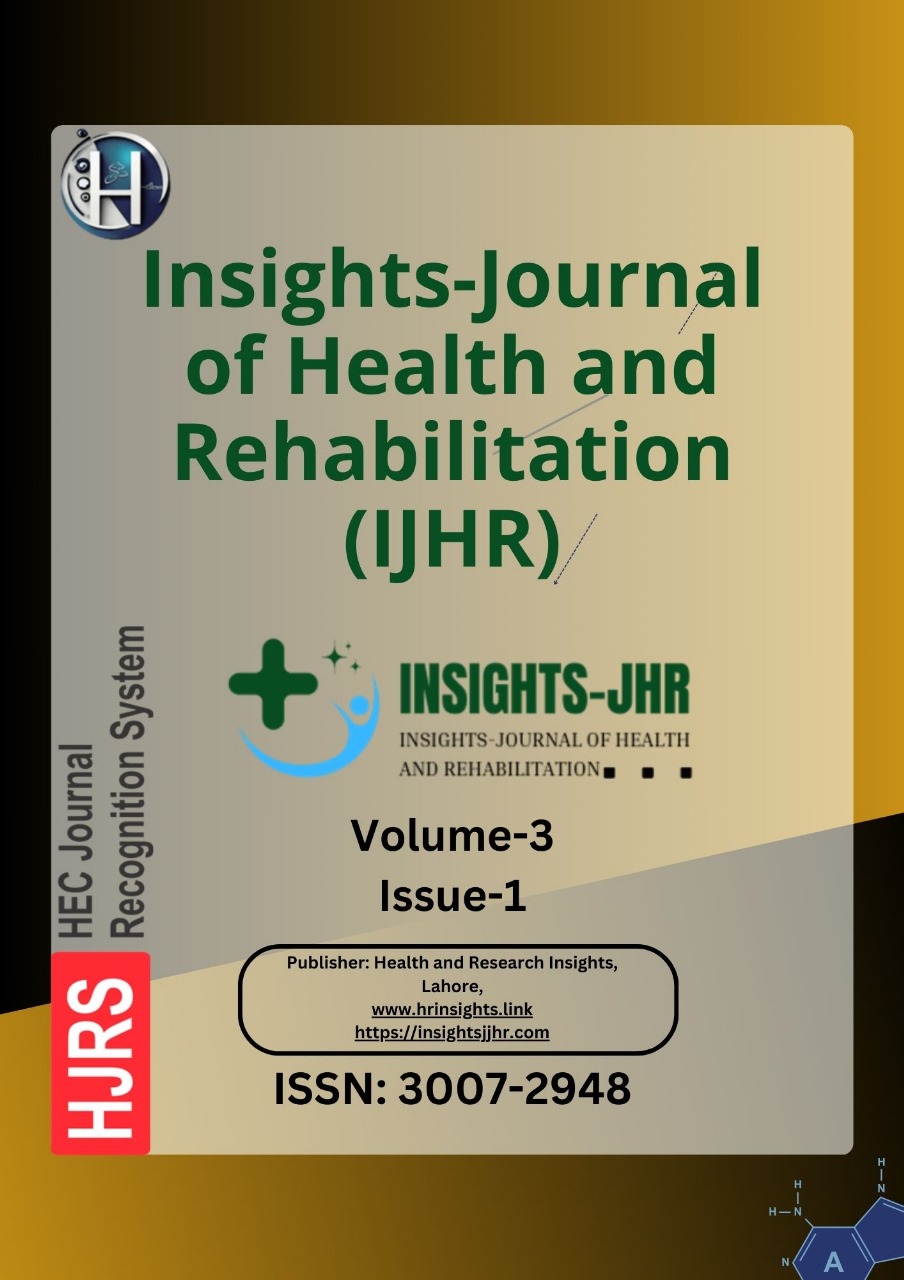MULTI-PARAMETER DIFFUSION-WEIGHTED MAGNETIC RESONANCE IMAGING FOR PROSTATE CANCER STAGING TAKING HISTOPATHOLOGY AS THE GOLD STANDARD AT ISLAMABAD DIAGNOSTIC CENTER FAISALABAD
DOI:
https://doi.org/10.71000/gzzmyd98Keywords:
Apparent Diffusion Coefficient, Diffusion-Weighted Imaging, Magnetic Resonance Imaging, Prostate Cancer, Prostatic Neoplasms, Transrectal Ultrasonography, Tumor StagingAbstract
Background: Prostate cancer is one of the most prevalent malignancies in males and a leading cause of cancer-related mortality worldwide. Early detection and accurate staging are critical for improving outcomes and guiding treatment. Multiparametric MRI (mpMRI), particularly diffusion-weighted imaging (DWI), has emerged as a promising non-invasive diagnostic modality for detecting prostate cancer and assessing tumor aggressiveness. Compared to traditional diagnostic tools like transrectal ultrasound (TRUS), mpMRI offers superior sensitivity and diagnostic accuracy for identifying prostate malignancies.
Objective: To evaluate the diagnostic performance of DWI MRI in detecting and characterizing prostate cancer in comparison with TRUS-guided histopathology. The study also assessed the effectiveness of different b-values and mpMRI sequences in staging and identifying prostate malignancies.
Methods: A prospective cross-sectional study was conducted at Islamabad Diagnostic Center, Faisalabad, from July 2024 to December 2024. A total of 112 male patients, aged 30 years or older, presenting with elevated PSA levels, hematuria, urinary retention, weight loss, prostatitis, or pelvic pain, underwent mpMRI. Imaging sequences, including DWI, ADC mapping, T2-weighted (T2WI), and T1-weighted (T1WI) MRI, were analyzed by independent radiologists. TRUS-guided histopathology was used as the gold standard for correlation. Statistical analysis, including sensitivity, specificity, diagnostic accuracy, and correlation analysis, was performed using SPSS version 22.0.
Results: The mean age of participants was 59.8 years (±1.116 SD), with the 70–80 age group comprising 42 (37.5%) patients. Clinical symptoms included elevated PSA levels in 65 (58%), urinary retention in 83 (74.1%), prostatitis in 70 (62.5%), pelvic pain in 35 (31.3%), hematuria in 30 (26.8%), and weight loss in 9 (8%). DWI and ADC mapping demonstrated the highest sensitivity (92%) compared to T2WI (88.5%) and T1WI (66.7%), while T1WI exhibited the highest specificity (72%). Diagnostic accuracy was highest for DWI (77.6%), followed by T2WI (75.8%), ADC (73.2%), and T1WI (67.8%). DWI demonstrated a significant correlation with TRUS findings (p=0.001) and PSA levels (p=0.038).
Conclusion: DWI MRI proved to be a non-invasive, highly sensitive imaging modality for the early detection and characterization of prostate cancer, surpassing TRUS in diagnostic accuracy. Its ability to assess tumor aggressiveness and guide treatment decisions underscores its indispensable role in prostate cancer diagnosis. The incorporation of mpMRI, alongside PSA testing and TRUS, offers a more comprehensive diagnostic approach for improved outcomes in prostate cancer management.
Downloads
Published
Issue
Section
License
Copyright (c) 2025 Ahmad Mehmood, Tasra Bibi, Muhammad Adeel Shah, Umer Nazir, Khalid Nazir, Sibghatullah (Author)

This work is licensed under a Creative Commons Attribution-NonCommercial-NoDerivatives 4.0 International License.







